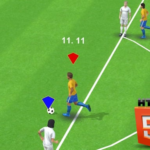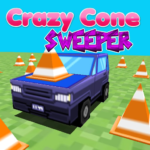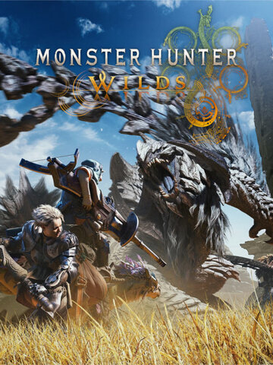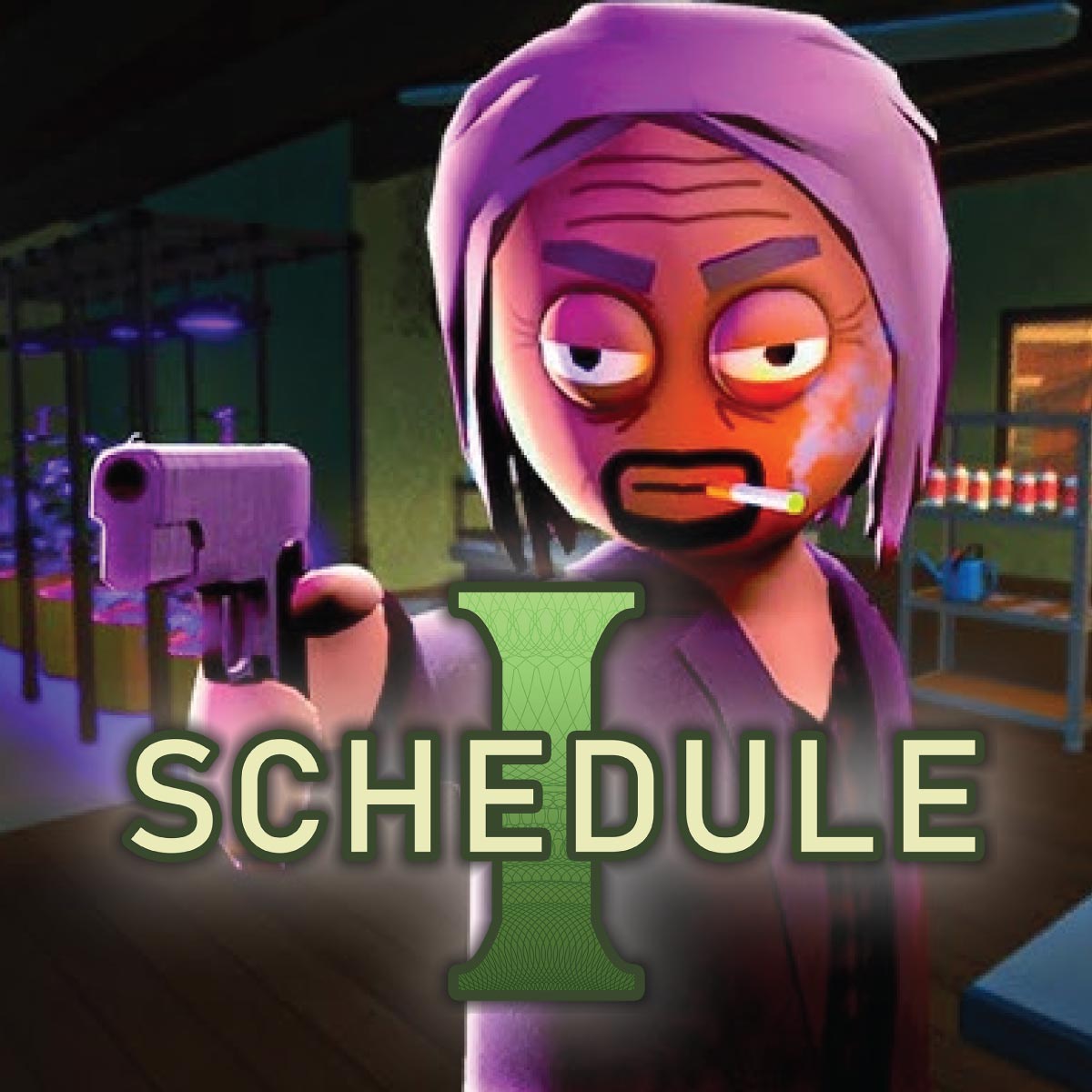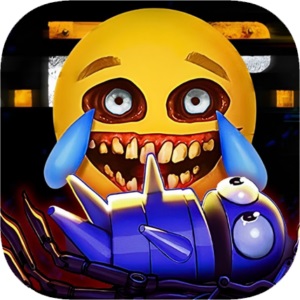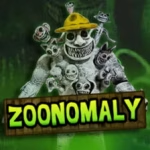Minecraft is the best-selling video game of all time, a virtual sandbox where players can build, explore, survive, and tell stories without limitations. Developed by Mojang Studios and released in 2011, Minecraft quickly became more than a game—it evolved into a creative platform, an educational tool, and a cultural icon.
This article explores the journey of Minecraft from indie sensation to global phenomenon, breaking down its mechanics, modes, community, and impact on gaming and beyond.
1. The Origins of Minecraft: From Indie to Icon
The Birth of a Blocky World
Minecraft was created by Markus "Notch" Persson in 2009 and initially released as a prototype. The game’s simple premise—mining and placing blocks—took the gaming world by surprise.
In 2011, Mojang officially released Minecraft, and the community began to grow at an exponential rate.
Acquired by Microsoft
In 2014, Microsoft acquired Mojang and Minecraft for $2.5 billion, ensuring ongoing development, cross-platform support, and major updates for years to come. This move elevated Minecraft from indie success to a mainstream juggernaut.
2. Core Gameplay: A World Made of Blocks
Infinite Possibilities
Minecraft’s world is procedurally generated using voxels (blocks). Each block represents different materials—stone, wood, ores, water, lava—allowing players to:
-
Explore massive landscapes
-
Mine and collect resources
-
Build structures and machines
-
Fight monsters and survive
-
Farm, trade, and enchant equipment
There’s no single way to play—Minecraft adapts to your imagination.
Modes of Play
Minecraft features several core modes:
-
Survival Mode: Gather resources, fight mobs, and manage health and hunger
-
Creative Mode: Unlimited blocks, instant flying, perfect for building
-
Hardcore Mode: Survival with perma-death
-
Adventure Mode: Custom maps with restrictions
-
Spectator Mode: Free movement without interaction
Each mode provides a distinct experience suited to different playstyles.
3. Biomes, Dimensions, and Exploration
Diverse Biomes
Minecraft offers a wide range of biomes:
-
Plains, deserts, jungles, and forests
-
Snowy tundras, mountains, swamps
-
Ocean floors, coral reefs, and caves
Each biome hosts unique resources, mobs, and environments.
The Nether and The End
Minecraft features multiple dimensions:
-
The Nether: A hellish world filled with lava, fortresses, and ghasts
-
The End: A void dimension home to the Ender Dragon
-
Overworld: The default world, rich with life and color
Exploring these dimensions is key to completing the game’s narrative arc.
4. Crafting, Mining, and Redstone Engineering
Crafting System
Crafting is Minecraft’s backbone:
-
Players use a crafting grid to combine items
-
Recipes range from basic tools to advanced gear
-
Enchanting adds magical buffs to equipment
Crafting supports creativity and progression in both survival and adventure.
Redstone and Automation
Redstone is Minecraft’s version of electricity:
-
Create circuits, switches, and logic gates
-
Build elevators, auto-farms, and traps
-
Advanced players design entire computers using redstone
This aspect has created a sub-community of Minecraft engineers and inventors.
5. Multiplayer, Servers, and Community Worlds
Join the World
Minecraft multiplayer is supported via:
-
LAN and Realms for private friends
-
Public servers like Hypixel, Mineplex, and Lifeboat
-
Mini-games including Bed Wars, Skyblock, Hunger Games
Players can collaborate, compete, or roleplay with thousands globally.
Community Creations
Minecraft’s player base has created:
-
Entire cities and replicas of real-world landmarks
-
Adventure maps with custom stories
-
Mods, shaders, and texture packs that enhance or overhaul gameplay
Minecraft’s true power lies in its community creativity.
6. Updates and Expansions
Constant Evolution
Major updates over the years include:
-
The Nether Update (2020): new biomes, blocks, and mobs
-
Caves & Cliffs Update (2021): massive terrain changes and deeper cave systems
-
The Wild Update (2022): added frogs, mangroves, and the deep dark
-
Trails & Tales Update (2023): archeology, camels, and storytelling features
Each update reinvigorates the experience for veterans and attracts new players.
Snapshot Testing
Java Edition players can test upcoming features via Snapshots, helping Mojang refine the game through feedback before public release.
7. Minecraft Education and Real-World Applications
Minecraft: Education Edition
Used in schools globally, Minecraft teaches:
-
Coding through Redstone and block programming
-
Architecture and design
-
Environmental sustainability
-
History through custom-built worlds
It’s a powerful educational tool that turns play into learning.
Social Projects and Research
Minecraft has been used to:
-
Reconstruct historical cities (e.g., ancient Rome)
-
Visualize environmental changes
-
Train problem-solving and teamwork in young students
Its reach extends far beyond entertainment.
8. Minecraft Mods, Add-ons, and Customization
Modding Culture
Minecraft’s modding scene is legendary:
-
Forge and Fabric frameworks allow deep customization
-
Mods like Biomes O' Plenty, Pixelmon, and Thaumcraft transform gameplay
-
Tech packs like Feed the Beast and SkyFactory challenge advanced users
Mods have kept Minecraft fresh for over a decade.
Marketplace and Add-ons
On Bedrock Edition, players can:
-
Buy skins, maps, and add-ons from the Minecraft Marketplace
-
Import or create their own behavior packs
-
Customize textures, sounds, and animations
Whether you mod or buy, customization is endless.
9. Pros and Cons of Minecraft
Pros
-
Infinite creativity and sandbox freedom
-
Wide appeal across ages and platforms
-
Highly educational and team-building potential
-
Active community and constant updates
-
Supports solo, co-op, and competitive play
Cons
-
Java vs. Bedrock edition differences can confuse new players
-
Performance varies based on world size and mods
-
Griefing and moderation challenges in multiplayer
-
Learning curve for Redstone and commands
-
Some updates split features between editions
10. Final Verdict and Expert Rating
Minecraft is a genre-defining masterpiece. It bridges the gap between creativity and survival, simplicity and complexity, education and entertainment. Whether you’re crafting your first wooden sword or building an 8-bit computer in survival mode, Minecraft is an open-ended platform limited only by your imagination.
It’s not just a game—it’s a digital canvas, a social space, a learning environment, and a lifelong hobby.
Final Expert Rating: 9.8/10
-
Creative Freedom: 10.0
-
Gameplay Depth: 9.5
-
Educational Value: 9.7
-
Performance and Accessibility: 9.3
-
Community and Longevity: 10.0
Conclusion: A Blocky Universe Without Limits
Minecraft stands as one of the most important video games ever created. Its legacy continues to grow as new generations discover its charm, depth, and endless possibilities. In a world where most games have limits, Minecraft gives you the tools to build your own—from castles to communities, code to culture.
Whether you’re a child discovering your imagination or an adult revisiting your creativity, Minecraft will always be a place to call your own.
















